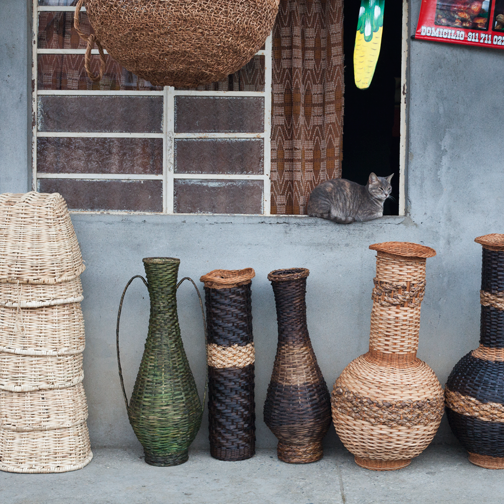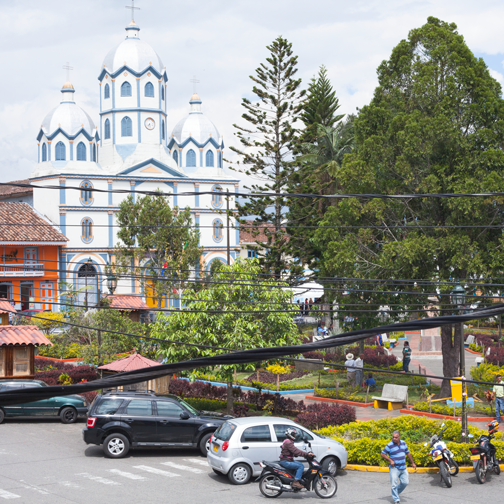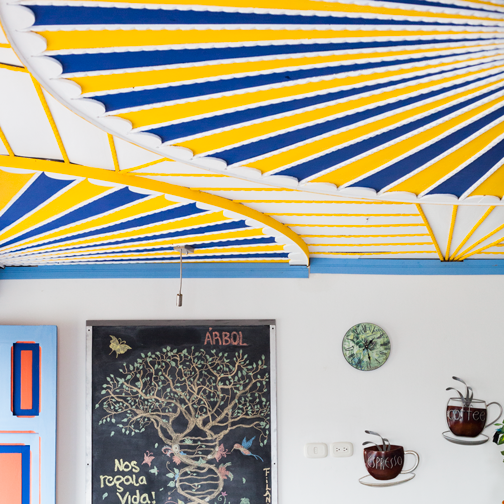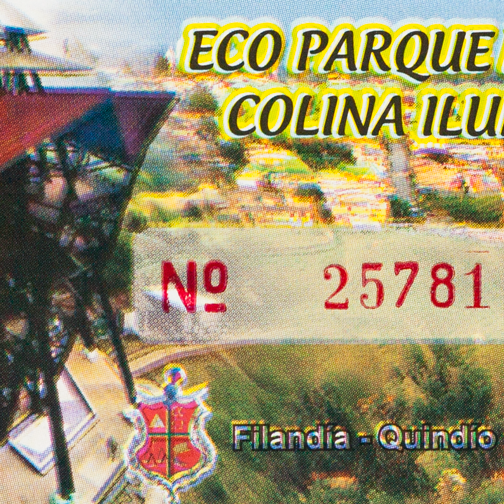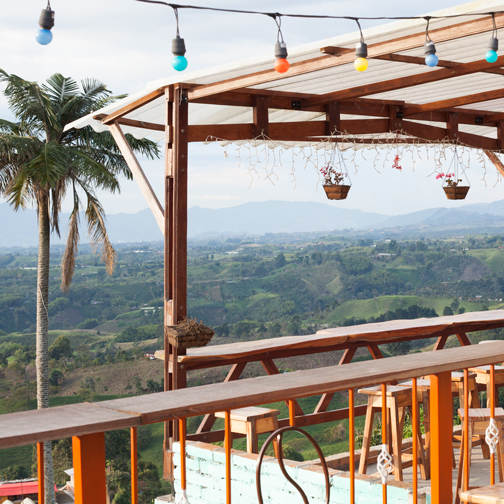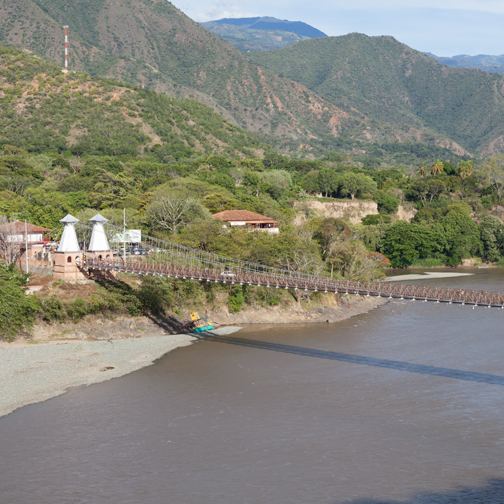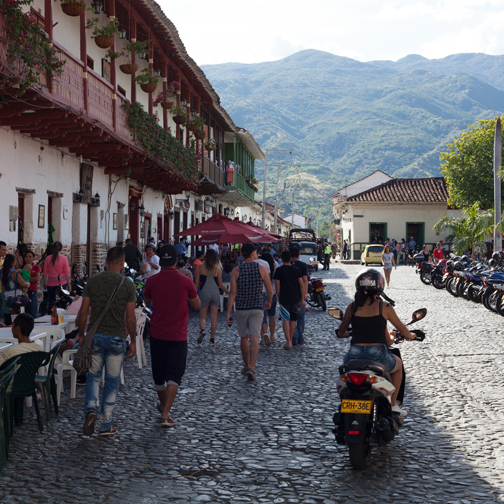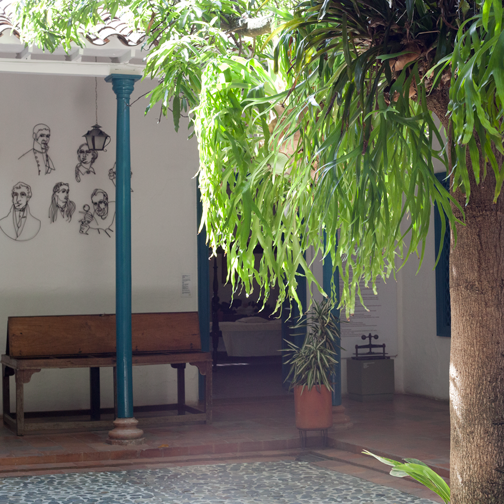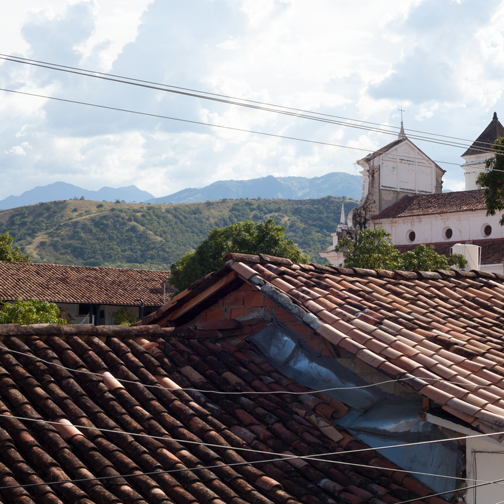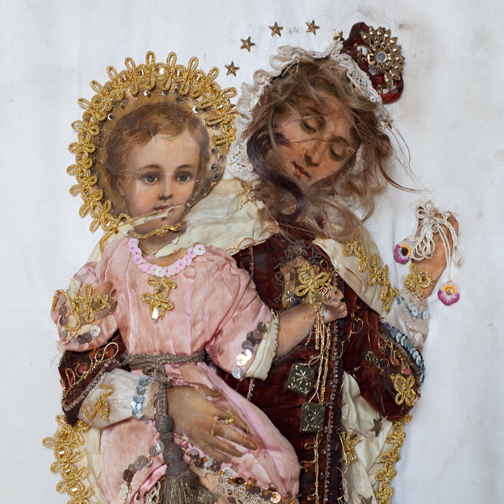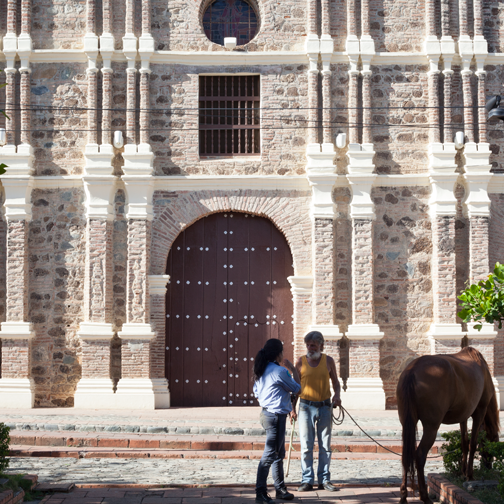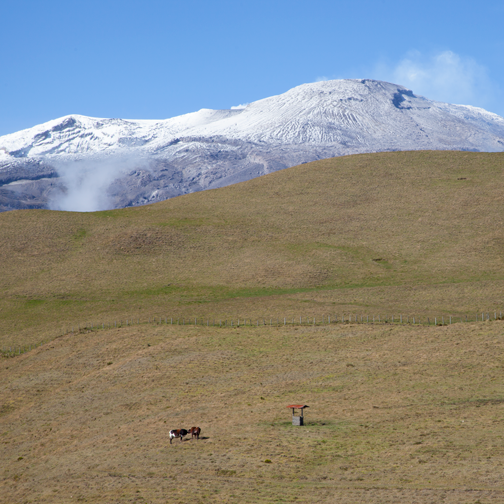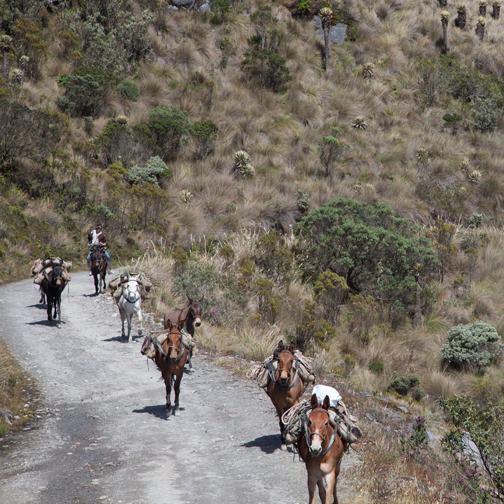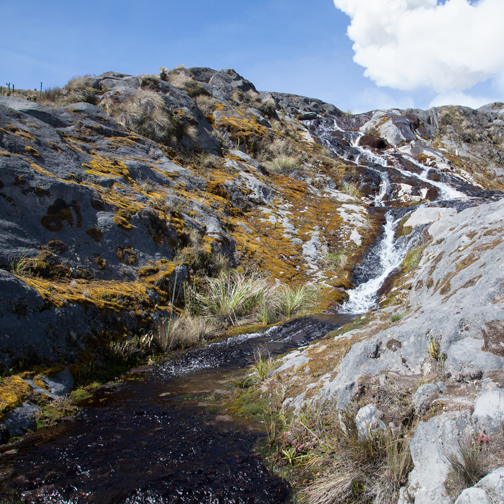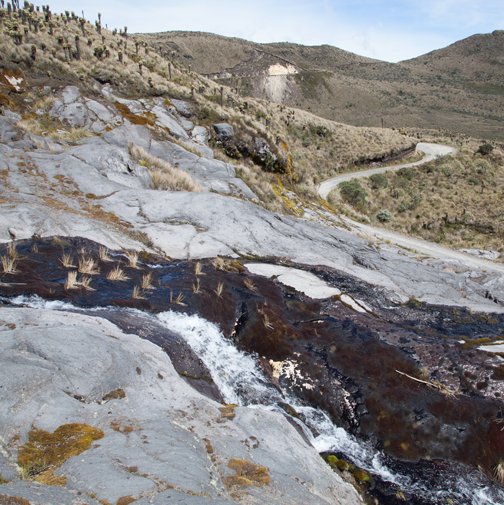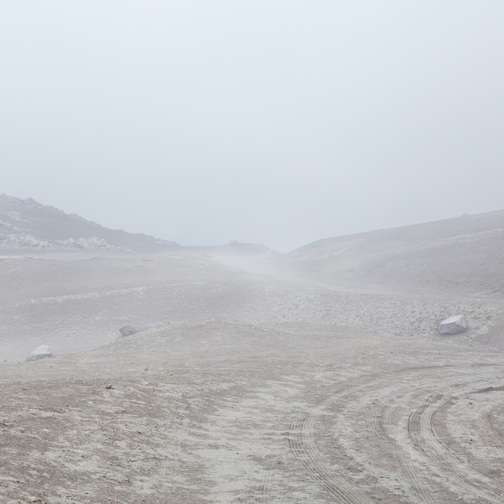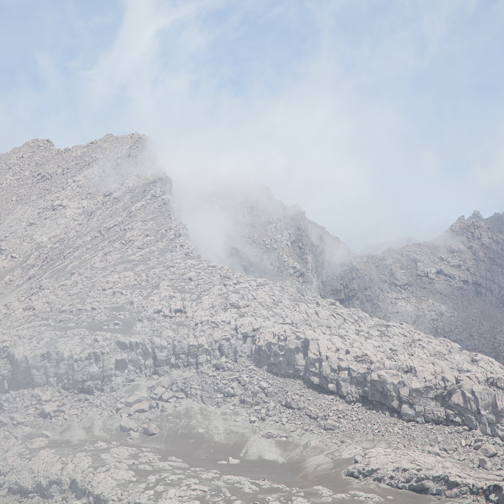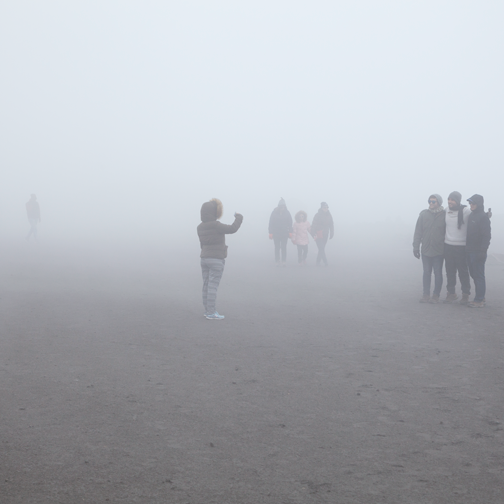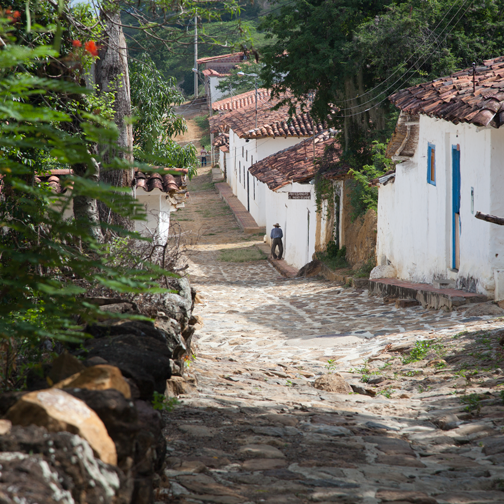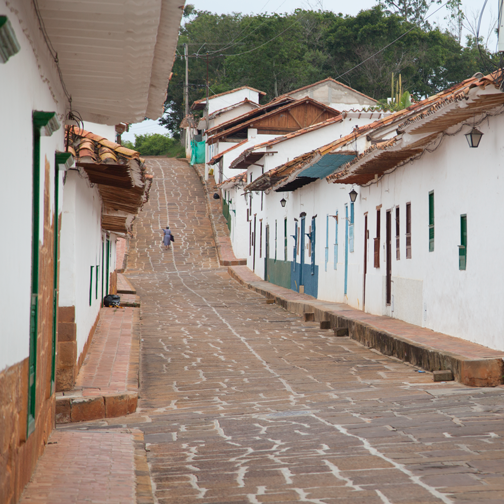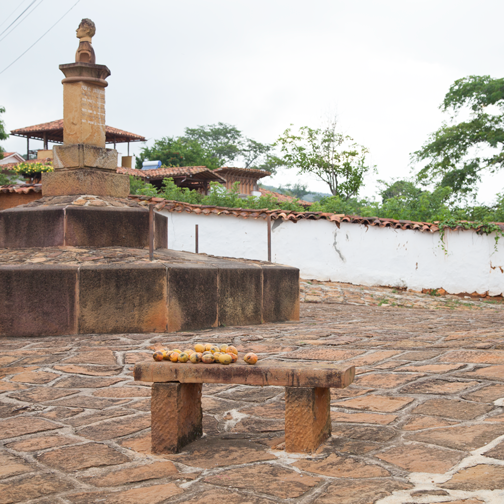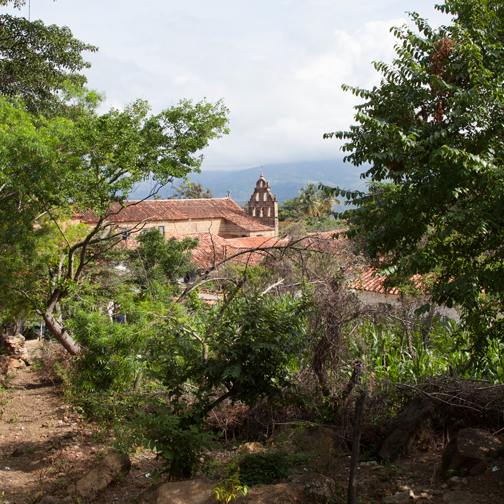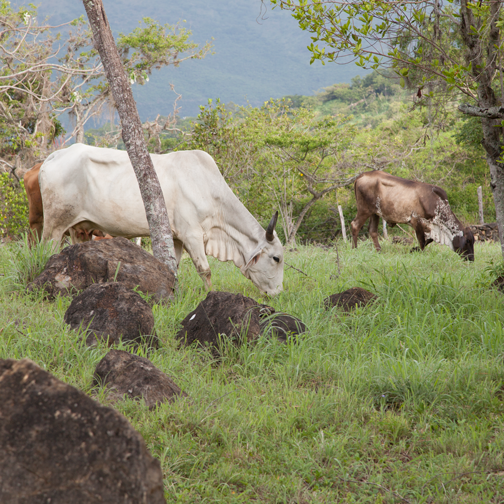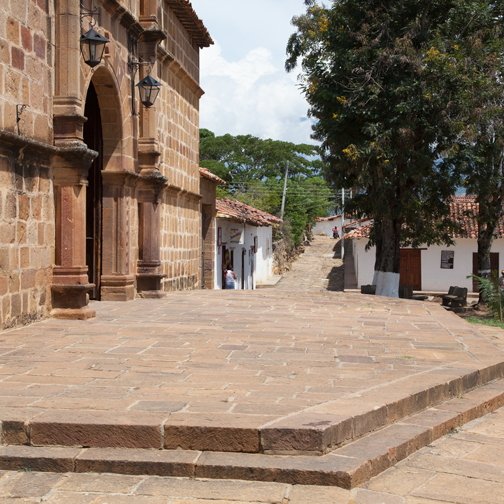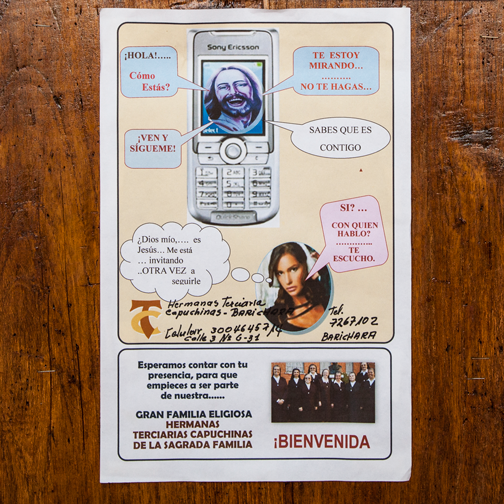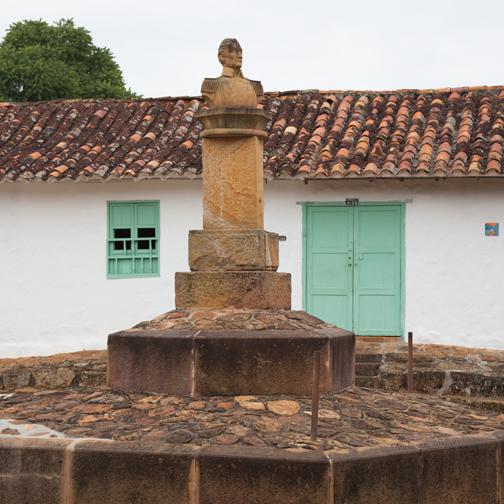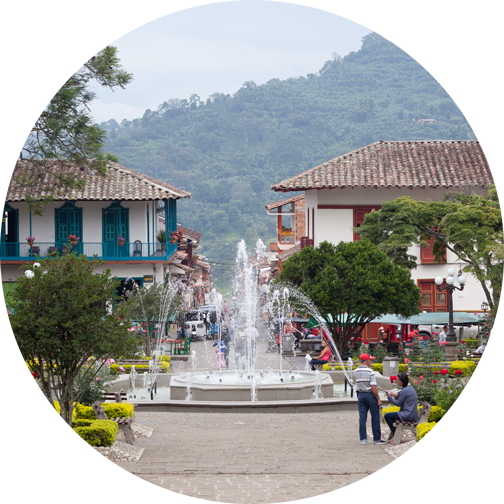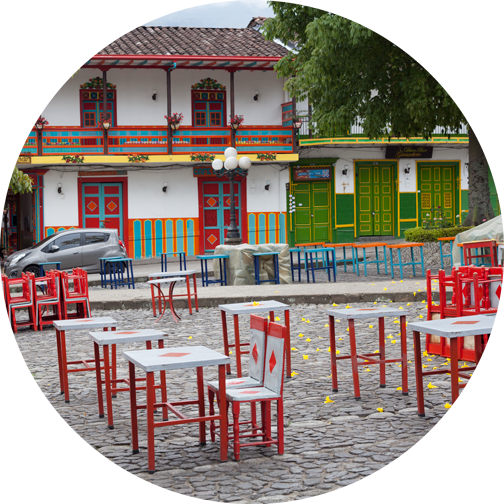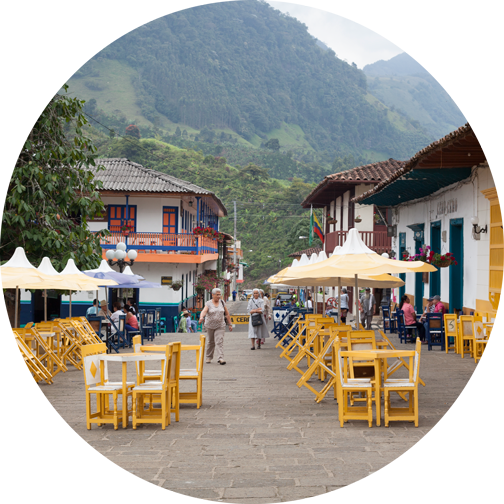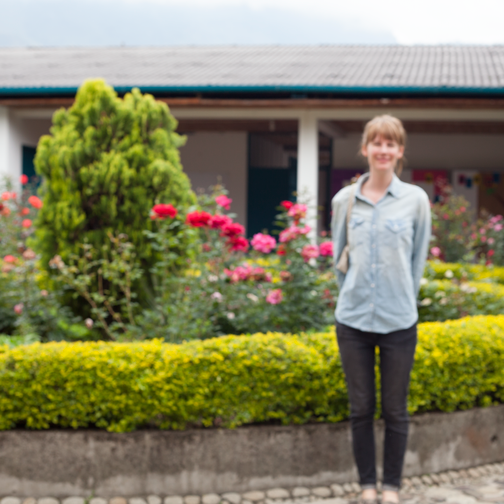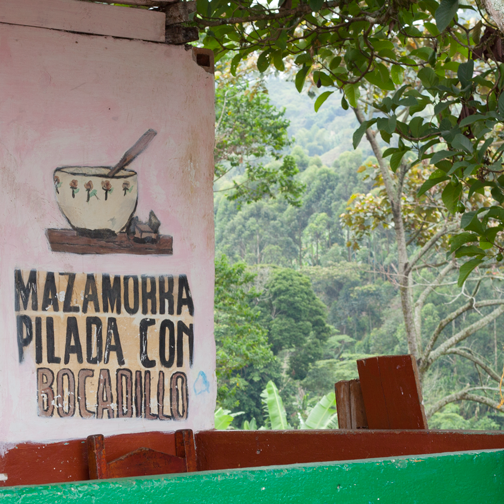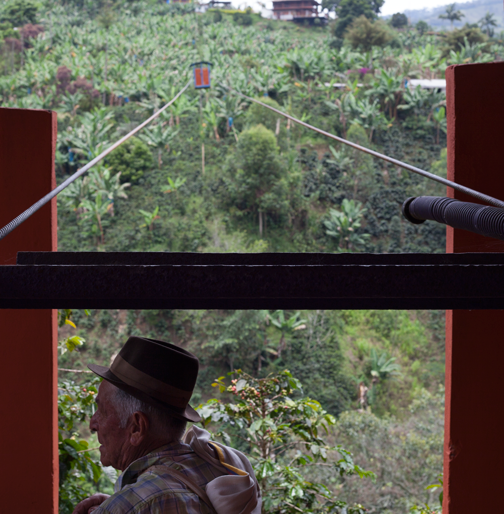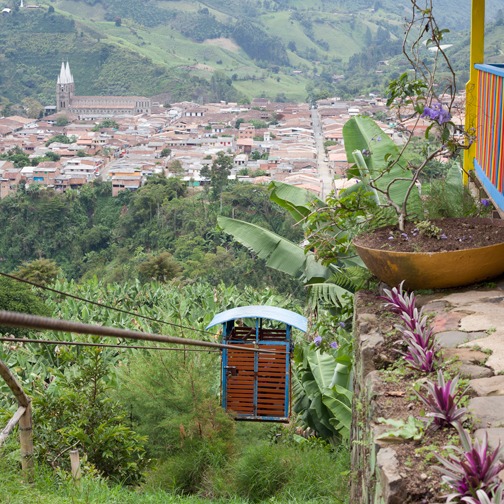I have been to a lot of pueblos in the coffee-growing region of Colombia. Some people might like the beach, others might like the cities, but me- I love the plazas surrounded by brightly painted colonial architecture and jade green mountain ranges. I’d take a bottle of aguardiente and a vallenato play list before a tropical daiquiri on the beach any day. I burn too easily anyway.
A lot of people might think, “but once you’ve seen one, you’ve seen them all…” I disagree. I’ve had a unique experience at each pueblo I’ve been to and Filandia was no different. It is very close to its more famous counterpart Salento but doesn’t receive nearly as much tourism.
That’s not to say it doesn’t receive tourists- it definitely does. Filandia is well known for basket weaving and has lots of different types for sale all over town. It also has some really great restaurants. As soon as we got into town, my friend Rian and I headed over to Helena Adentro. 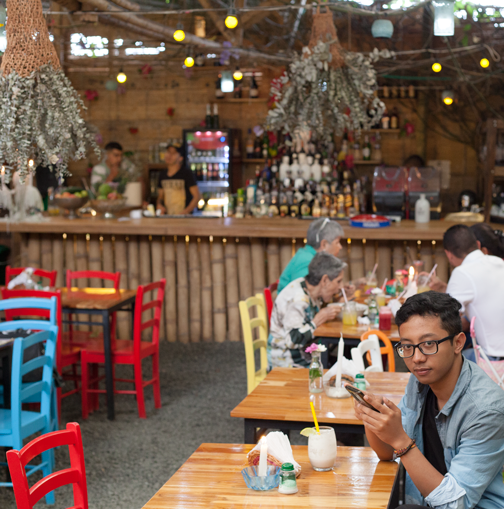
It had very quirky decor and really, really good food. It’s Colombian but with a twist. Highly recommended.
Afterwards we headed to a tea house that overlooked the main plaza. Jahn Hostal & Salón de Té had a small variety of loose-leaf tea to choose from. Rian and I already had plans to have a coffee later on at another cafe, so I didn’t feel traitorous drinking tea in the Eje Cafetero (which has been UNESCO designated since 2011).
A short walk out of town is Ecoparque Mirador Colina. It’s a tall tower that overlooks the town and the rolling landscape. A few tables were set up at the base for tintos (black coffee) and snacks. Because it was a very quiet Saturday afternoon, the vendor was slumped in a white lawn chair next to a radio.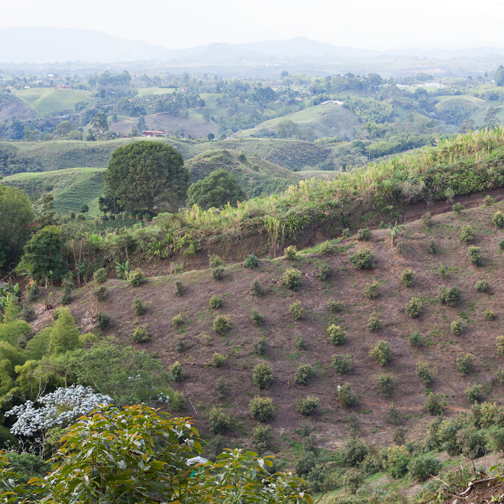
The last stop of our day was Finca El Mirador. It’s a popular destination for tourists interested in learning more about the coffee growing process. I’ve already been on a tour, so we went just to have a coffee on the patio overlooking the valley. Rian’s friend sent us a photo of her visit and it looked gorgeous.
There are jeeps that leave from Finlandia in the direction of the finca, but we didn’t feel like waiting. From Ecoparque Mirador we continued walking in the opposite direction of Filandia. The dirt road was quiet and the views were beautiful. Half an hour later we were enjoying the balcony view with a cup of coffee. It would have been nice to stay for sunset, but we wanted to walk back before it got dark.
Filandia was a pleasant surprise because it had the boutique shops (like Quintaesencia) and gourmet restaurants that Salento has, but with less tourists. We both spontaneously arrived at the conclusion that it would make for a great weekend retreat with a significant other. Or, as Rian has learned to say, si no hay ganado Filandia is always a good day trip from Manizales with your friends.
Eat: Jahn Hostal & Salón de Té
Eat: Helena Adentro
Visit Ecoparque Mirador Colina: 5,000 pesos to enter
Visit: Finca el Mirador
Shop: Quintaesencia
How to get to Filandia: Hourly buses depart from Pereira and cost 5,800 pesos
